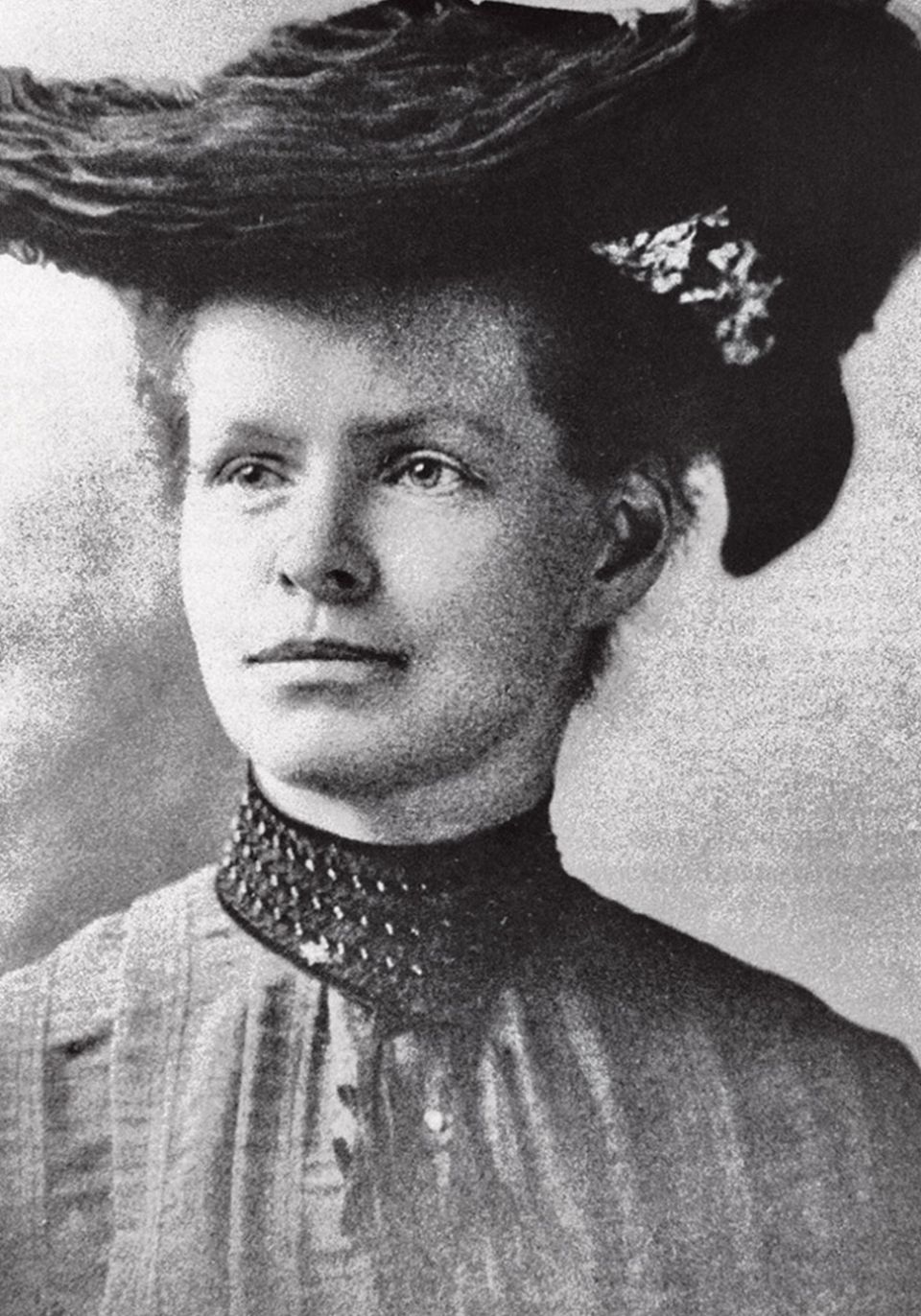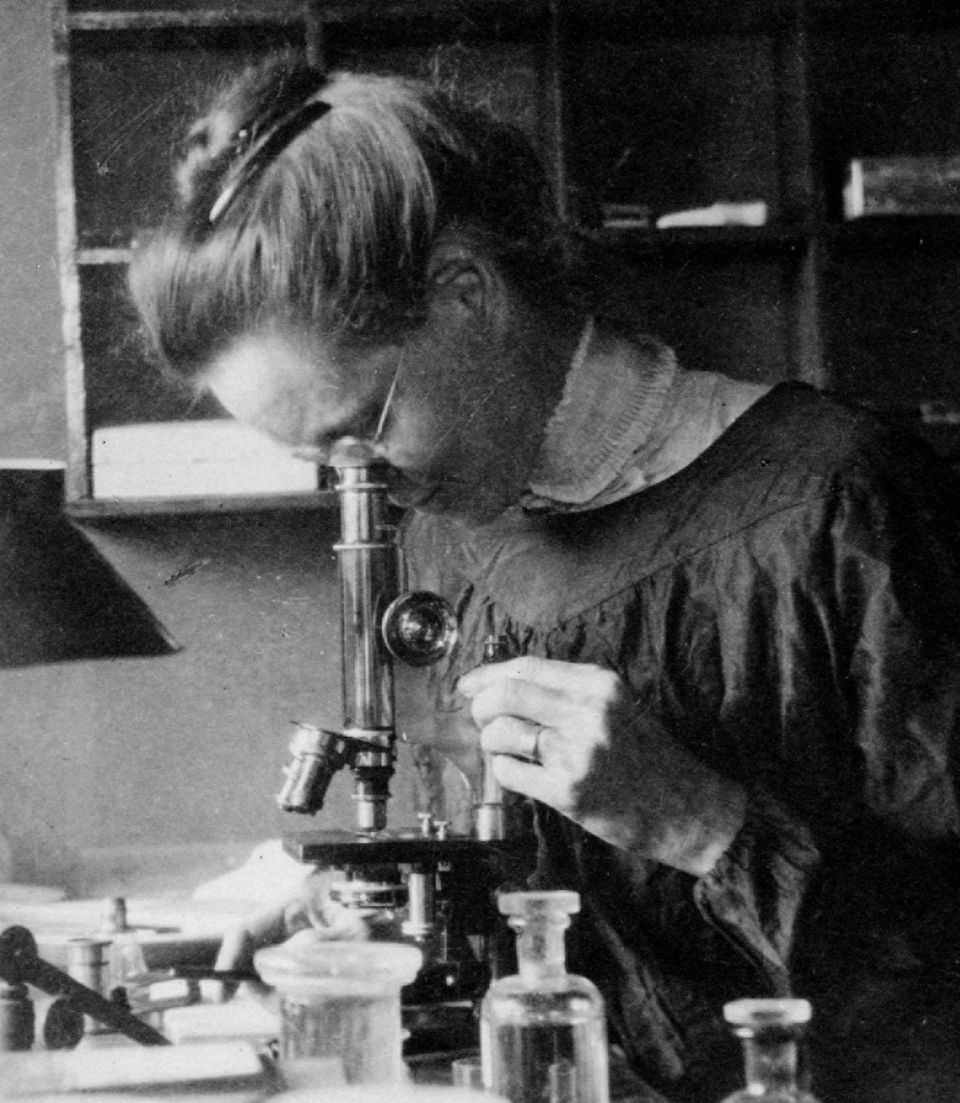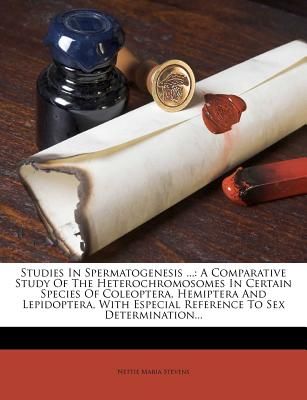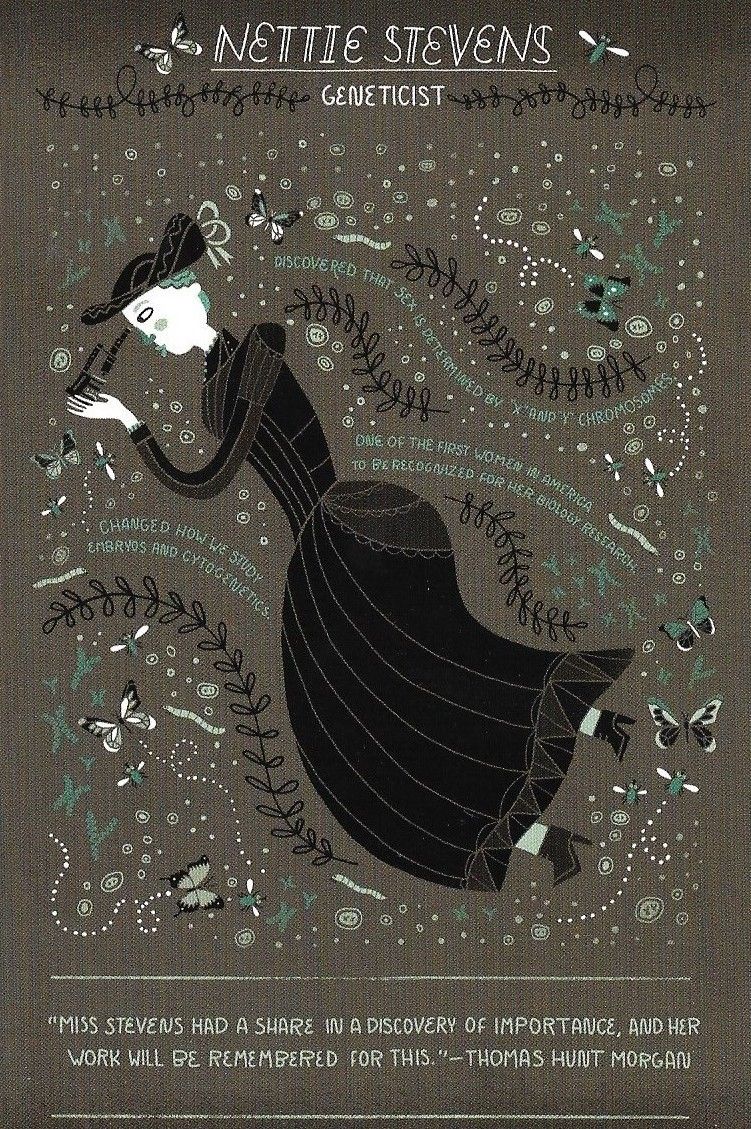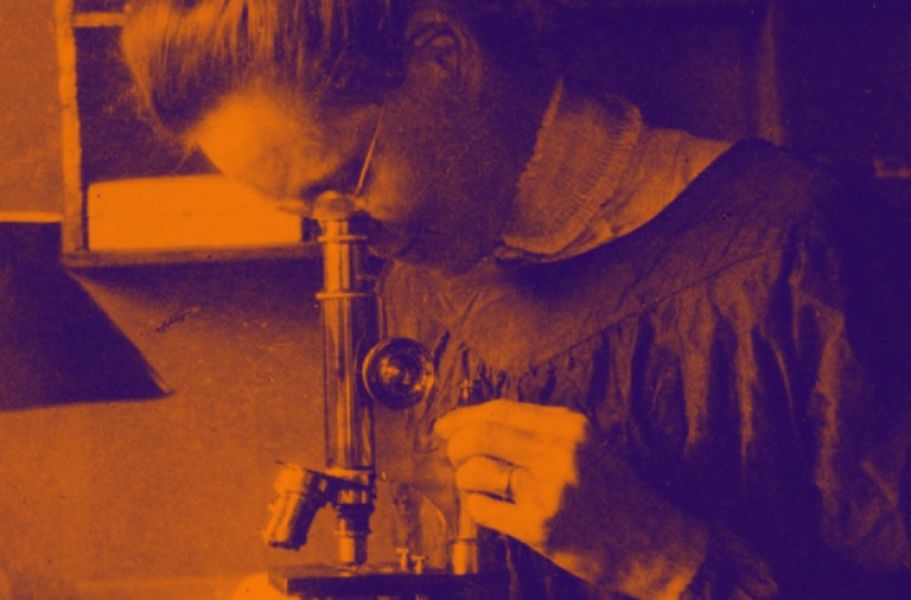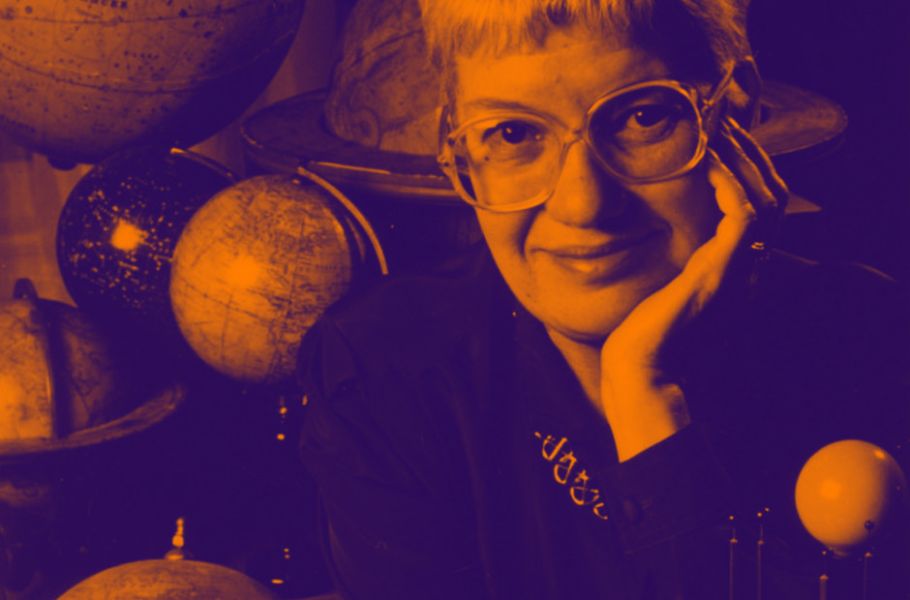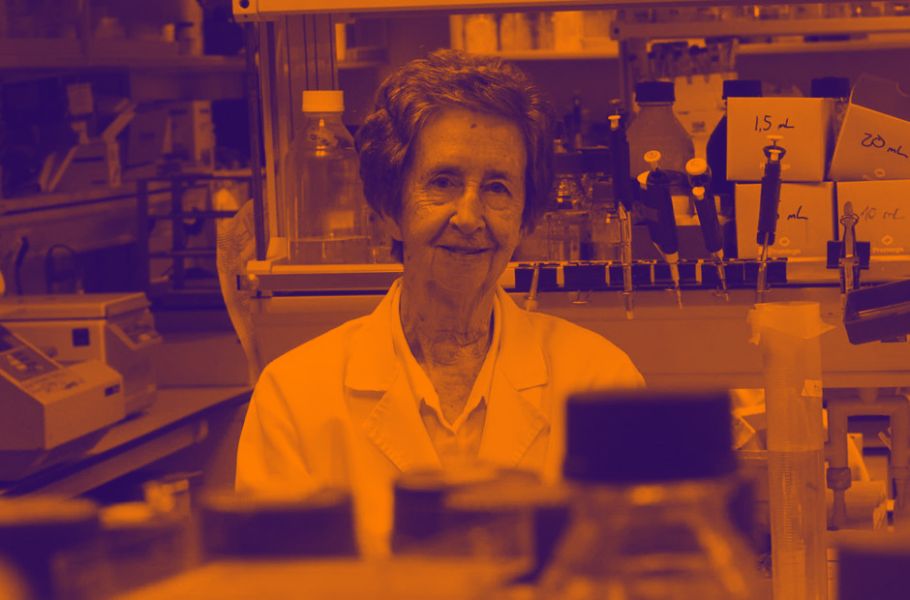Nettie Stevens
Cavendish (Vermont), USA
1861-1912
-
occupation
Geneticist -
area
Biology
-
nationalityUnited States
-
Acknowledgments
His work revolutionized the world of genetics, his contribution was substantial, But Nettie Stevens would still have to overcome some obstacles to get the recognition they deserve. First, because the scientific community, still obsessed in environmental contributions, soon embraced his theory, and then, because Nettie Stevens ’research coincided in time and conclusions with that of Edmund B.. Wilson, one of the leading geneticists of that time would receive priority discoveries. Her status as a woman automatically relegated her to the background, although the article published by Wilson in the journal Science mentioned that "her findings were in line with Nettie Stevens' observations.", which shows that the work of geneticist known Stevens and somehow recognized its priority.
Sex is determined by individual chromosomes
historically, the value of the work of many women scientists has not been recognized in all its value. This is the case of Nettie Maria Stevens, a biologist extraordinary really making a substantial contribution to the genetic theory. He published around forty scientific papers, being his greatest contribution to science demonstrating that sex is determined by chromosomes private.
E. Wilson, at that time the best cytologist, was investigating the same problem (1905). Often, the discovery has been awarded to him, although the issue of priority has recently been discussed. Resulta evident, But, from the study of the dates on which they published their work, both came to the same conclusions independently. [5]
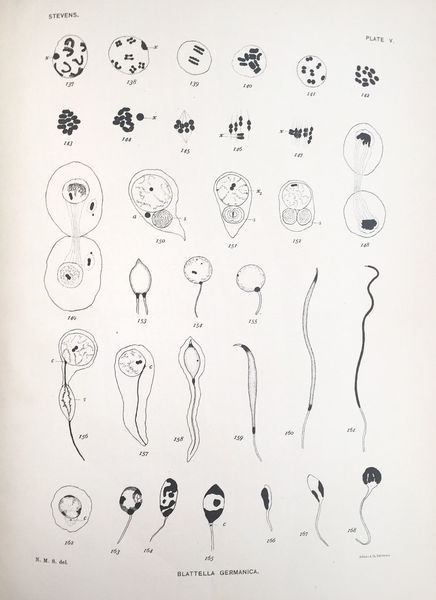
El treball Studies in Spermatogenesis with Special Reference to the “Accessory Chromosome” from 1905 marked a before and an after in the study of genetics
Nettie Stevens analyzed cell differentiation in embryos and in the study of chromosomes. If science had previously held that chromosomes were organized into long loops, Now Stevens drew a different picture: chromosomes exist as paired structures in cells. If the somatic cells of the females contained 20 large chromosomes, the men had 19 big and small, 9 pairs of large chromosomes and consists of a large and a small. [1]
What is a chromosome?
Studying the process of fertilization and egg tissues, Stevens was the first to recognize that females have two X sex chromosomes shaped and males have one X and one full size missing a portion, making him look like a Y. Wilson conducted tests only in the testicles, because the eggs were too fatty for staining procedures. After his discoveries, Wilson returned to his original article published and recognized by this finding Stevens.
It is a classic case of “Matilda effects”, a term called the abolitionist Matilda Gage. The effect is the phenomenon that the achievements of women tend to be co-opted, opacats directly or stolen by those of male counterparts. Stevens is far from the only woman who has this happen to her: Rosalind Franklin, whose work was crucial to the discovery of DNA, it was similar to the late twentieth century.
FREQUENTLY ASKED QUESTIONS
Nettie Maria Stevens was part of a generation whose scientific work brought about profound changes in biology, laying the foundation of this would be in the twentieth century. Their investigations were autonomous and most of his articles appeared only signed it, but worked in conjunction with scientists like T. H. Morgan i E. B. Wilson and scientific as A. M. Boring, H. Sr. King i H. Randolph. He maintained his desire to investigate the issue of chromosomal sex determination and inheritance above opinions against his main mentor., T. H. Morgan, rejected Mendelian theory in those days, and providing information and working hypotheses that greatly influenced scientists E. B. Wilson.
She thought there was a relationship between sex and chromosomes that could be explained in conjunction with Mendelian theory of inheritance.. Morgan, very critical mendelisme, i Wilson, clinging to the epigenetic foundations of experimental embryology, believed that sex depended on cytoplasmic factors. [2]
Despite the importance of the discovery of Nettie, This was not how it was hailed at the time of publication. In fact, Stevens ’findings did not receive the necessary attention until 1933, when genetic knowledge had reached advance further.
It is believed that this lack of recognition was due to the fact that the biological significance of the sex chromosomes failed to appreciate how necessary it until many years after his death. In addition, because the historical context, being a woman placed her below her male colleagues. Although Stevens had received support from various scientific institutions in their research, the author did not obtain any material recognition or reward for the results of her work.
In fact, at first Nettie’s work was set aside by Bryn Mawr College. It was only 1912 when the school decided to create a position of research professor especially for her; But, Nettie did not play this role because he died shortly after this year. [4]

Geneticist
references
- Nettie Stevens: The discoverer of XY chromosomes Country Matters
- Nettie Maria Stevens and function of sex chromosomes digital CSIC
- Specialized chromosomes determine gender DNA from the Beginning
- Nettie Stevens: Biography and Contributions Lifeder
- A pioneering scientist in the history of biology Studylib
